
In the hyper-competitive SaaS space, where visibility directly impacts pipeline growth, link building is more than just a marketing tactic; it’s a long-term asset for authority, trust, and rankings. Unlike traditional industries, SaaS companies compete on feature parity and niche positioning, which means every referring domain and contextual backlink can shift the balance.
Yet, most SaaS brands either ignore link building or do it wrong, chasing vanity metrics instead of strategic value. When executed with precision, a SaaS-focused link-building strategy can improve page rank, drive qualified traffic, and enhance topical relevance across your entire marketing ecosystem.
SaaS companies often chase backlinks without strategic grounding. But high-impact link building isn’t about sheer numbers; it’s about building a natural link profile based on trust, relevance, and depth. Here’s why many efforts underperform:
Using repetitive or exact-match anchor text triggers algorithmic suspicion. A natural mix of branded, generic, partial match, and long-tail anchors is more sustainable.
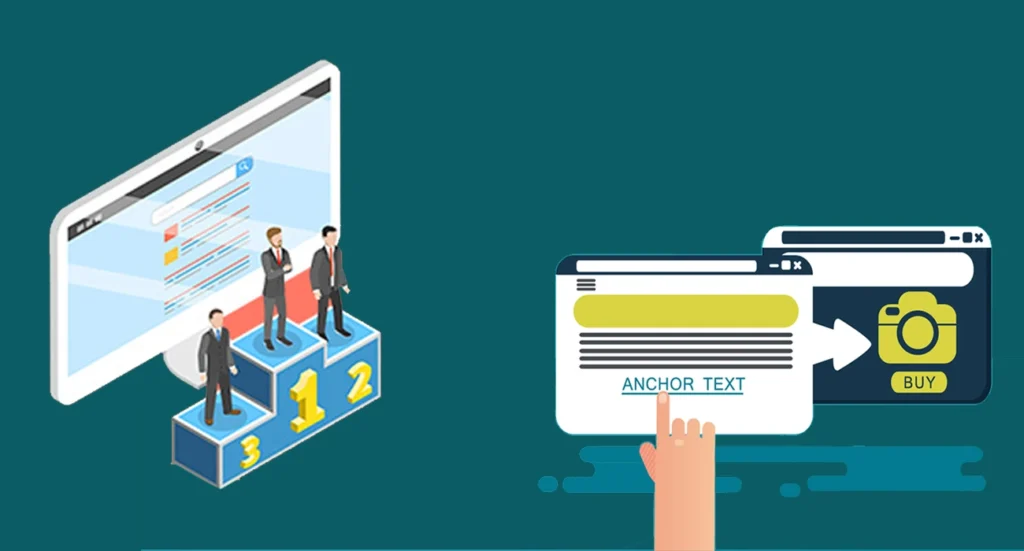
While metrics like Domain Authority (DA) and Domain Rating (DR) are helpful, focusing only on these without considering Page Authority (PA) and link context leads to hollow gains.
Rapid link spikes can appear unnatural. For SaaS, link acquisition should grow consistently, a balanced link velocity shows steady demand and credibility.
If your SaaS is mentioned alongside leaders like Asana, Notion, or HubSpot (even without links), it sends co-citation signals. If keywords like “CRM,” “automation,” or “project management” appear near your brand, that’s a co-occurrence, which both improve relevance.
Effective link-building is essential for extending search rankings and driving revenue in the SaaS industry. By leveraging brand mentions, creating evergreen content, and optimizing link placements, companies can enhance their authority and digital footprint.
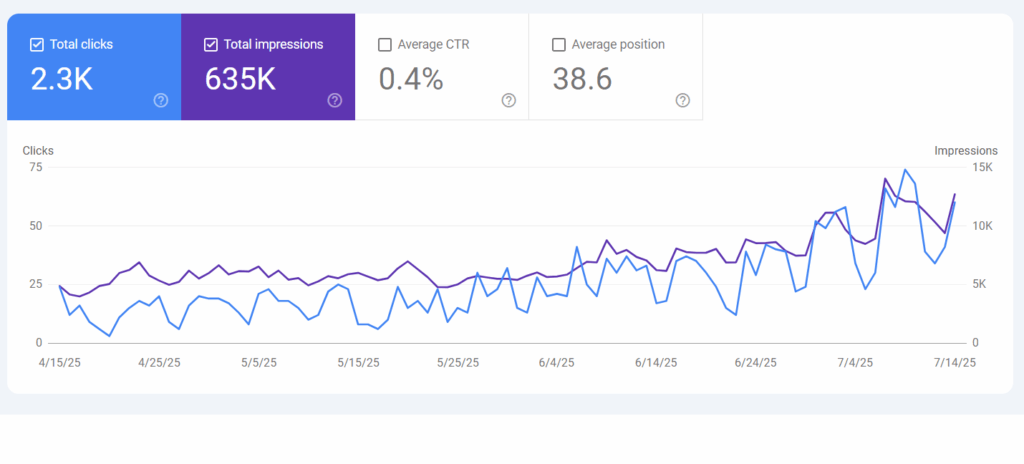
To achieve this, here is how SaaS companies can use a range of strategic link-building methods, each customized to maximize authority and search impact:
Using tools like Ahrefs or BrandMentions, identify articles that talk about your product but don’t link. Send a friendly outreach: “Thanks for the mention, would it be possible to link to the page so readers can explore further?” These are citation wins with almost guaranteed results.
Content that earns backlinks naturally is more than just trendy blog posts. For SaaS, this means:
To keep your link equity strong, update these resources regularly. Content freshness is a key signal, stale content loses its backlink magnetism.
Instead of pitching generic topics, offer contextual links within deeply technical or strategic articles. Editors love guest posts that deliver value, reflect backlink diversity, and include your product in a subtle, relevant way. This not only earns dofollow links but positions your brand as a thought leader.
Backlinks that lead to 404 pages waste link juice and hurt UX. Use tools like Semrush or Screaming Frog to identify broken inbound links, then redirect or ask for a correction. This is low-effort, high-reward link equity recovery.
SaaS companies thrive in ecosystems. Integration pages and co-marketing content open up reciprocal link opportunities. Examples:
These drive topical relevance, anchor brand authority, and earn contextual, dofollow links from both parties.
Don’t forget internal linking: it distributes authority across your SaaS site and helps Google understand your structure. Link from high-traffic blogs to solution pages, from support docs to feature releases, and from case studies to signup flows.
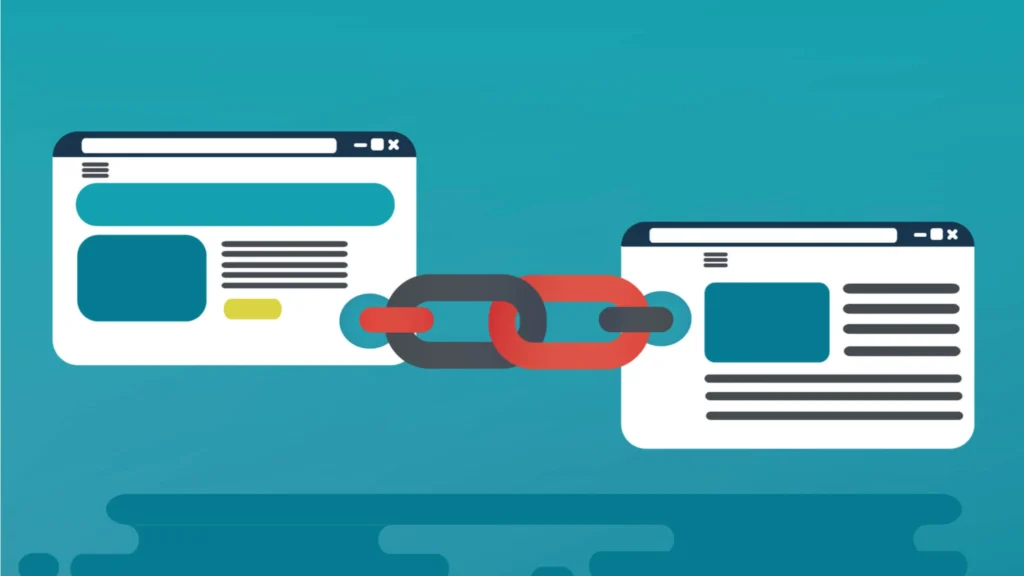
Scaling link-building efforts while maintaining ethical best practices is crucial for long-term success in the SaaS space. Leveraging expert contributions, visual assets, and moderated directories can significantly boost domain authority and organic traffic.
Join platforms like HARO, Terkel, and Qwoted. These open the door to citation opportunities in high-DR articles. Use language that reflects your actual product experience to maximize relevance.
Infographics like “2025 SaaS Spend by Industry” or “Remote Team Stack Comparison” are great for link building. Include an embed code with a dofollow link back to your content. These assets create backlink diversity and increase shares.
Quality directories like G2, Capterra, and Product Hunt send referring domains with high Page Authority and clear niche relevance. Avoid spammy link farms, always prioritize moderation and relevance over volume.
SaaS brands often measure SEO vanity metrics. Instead, track what reflects business impact:
While these approaches are powerful for SaaS link building, we understand that implementing them effectively can sometimes be challenging. If you ever need guidance or a tailored approach to maximize your results, our team at WhiteLinkBuilding.com is here to help. With professional expertise in ethical, scalable link-building, we ensure that your brand earns high-authority links that drive rankings and revenue.
Beyond traditional link-building methods, there are advanced strategies that can further strengthen your SaaS brand’s authority. From leveraging industry reports to earning citations through interviews and podcasts, these tactics help secure high-quality backlinks while enhancing your online reputation. Here are further examples of saas link building strategy:
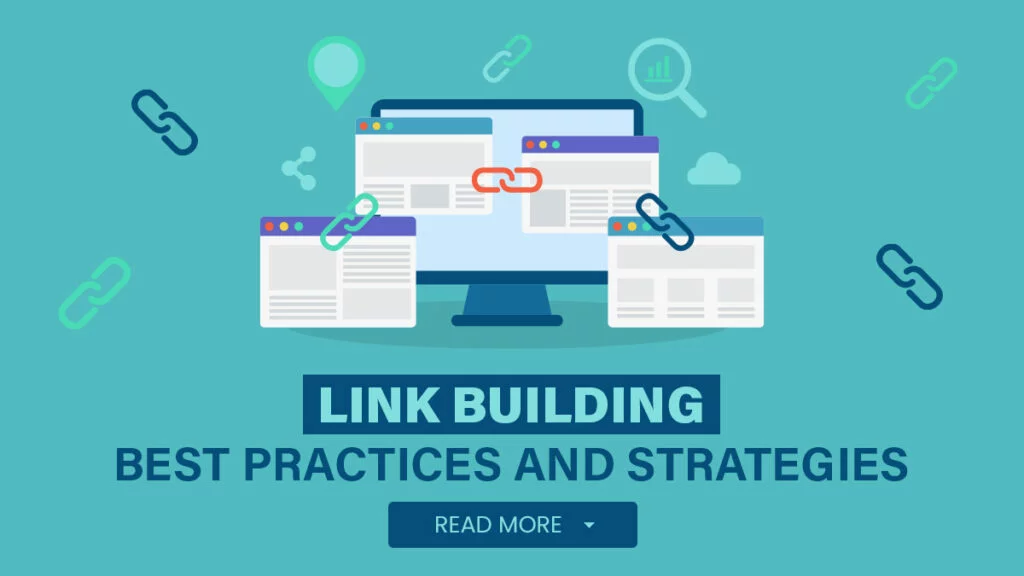
Encourage websites to link directly to your product or resource pages instead of just your homepage. This enhances anchor text relevance and boosts the overall authority of key pages.
Create detailed industry trend reports based on original data. These reports attract backlinks from authoritative websites that reference your unique insights, helping to establish your SaaS as a thought leader.
Get involved in podcasts that focus on SaaS or your specific niche. Backlinks from their show notes and episode pages can bring in targeted visitors and boost your site’s authority. Some popular ones are SaaS Revolution Show, The SaaS Podcast, and SaaStr Podcast, all great places where SaaS founders and marketers gather.
Create embeddable tools or widgets tied to your SaaS product. When other websites add these to their pages, they link back to you naturally. For example, Calendly offers embeddable scheduling widgets that many sites use, generating backlinks and increasing their reach.
Design content or product features that encourage sharing across social media and blogs. Shareable links increase the chances of organic backlinks from users and niche websites.
Arrange interviews with your company’s CEO or leadership team on popular SaaS or tech platforms. For example, Jason Lemkin, founder of SaaStr, often features SaaS leaders in interviews that generate valuable backlinks and boost credibility.
Invite customers and industry influencers to review your SaaS product on trusted platforms. Reviews on sites like G2, Capterra, Trustpilot, and Software Advice not only provide valuable backlinks but also boost your product’s credibility and online visibility.
Sponsor relevant events, podcasts, or newsletters within your industry. Sponsorship mentions often include backlinks from authoritative sources, enhancing your link profile diversity.
Collaborate with clients to create detailed case studies. Clients sharing these studies link back to your site, generating authoritative backlinks and showcasing real-world product success.
Offer free resources like tools or templates related to your SaaS. These assets attract backlinks as users and industry sites link to them as helpful references. HubSpot provides free marketing templates and calculators that many sites link to as useful references, generating valuable backlinks.
Create a scholarship program and promote it on educational websites. Backlinks from universities and scholarship directories add authority and diversify your backlink profile. For example, WizeHire launched a scholarship that earned backlinks from university websites and niche scholarship directories, helping boost their domain authority and link diversity.
Publish your job openings on career pages and third-party job boards. These listings provide backlinks while increasing your brand visibility to potential talent.
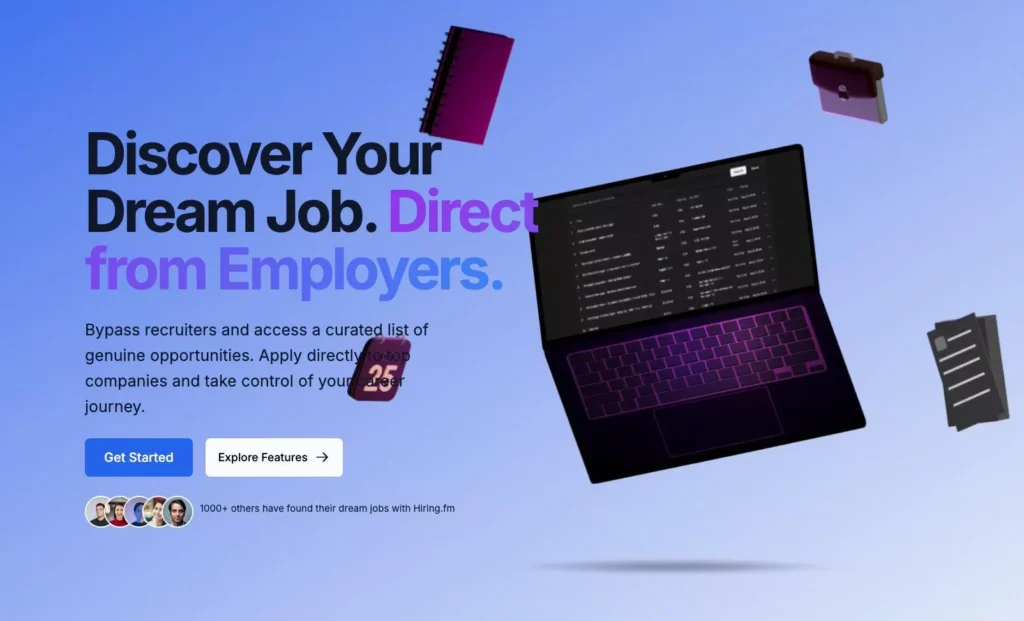
Participate in niche forums and communities by sharing valuable insights. Engaged community activity earns natural backlinks and strengthens your brand’s reputation. Platforms like Indie Hackers, SaaS Community on Reddit (r/SaaS), Product Hunt Discussions, and GrowthHackers help you earn natural backlinks while building your brand’s reputation.
Respond to journalist queries via HARO. Being quoted in news articles and industry publications earns authoritative backlinks from reputable media outlets.
Identify and submit your content to relevant resource pages in your industry. These curated pages provide high-quality backlinks and drive targeted referral traffic.
Republish your content on platforms like Medium or LinkedIn to reach wider audiences. Syndicated content increases backlinks and boosts your content’s visibility. Also consider Hashnode, Tealfeed, and Vocal Media, these sites allow syndicated content and help generate backlinks while growing your content’s exposure.
Host or participate in webinars and virtual events. Promotional materials and event summaries often include backlinks that enhance your site’s authority. For instance, Ahrefs frequently holds SEO webinars, and the event pages, summary blogs, and guest partner sites often link back to Ahrefs, boosting authority and visibility.
Partner with industry influencers to create content or campaigns. Influencers sharing your content generate backlinks and extend your reach to their audiences.
Answer questions on Quora and Reddit with helpful, non-spammy responses. When relevant, include links that can drive traffic and build backlinks organically.
Provide downloadable content upgrades like checklists or templates alongside blog posts. These bonuses encourage backlinks as users share and reference your enhanced resources.
For SaaS companies, link building isn’t about gaming the algorithm; it’s about proving your place in the ecosystem. From guest posts to partnerships, from co-citation wins to content freshness upkeep, every link should tell search engines and users alike: This product matters. Choose long-term value. Invest in quality over shortcuts. And create content that makes people want to reference, cite, and link, even without asking.
If you’re ready to elevate your link-building strategy and secure high-authority backlinks that drive rankings and revenue, let WhiteLinkBuilding.com help you craft a sustainable and impactful approach. Get in touch today and build links that truly matter.
SaaS brands operate in a digital-first space where competition is steep, product features overlap, and buyer decisions often hinge on perceived trust and authority. Link building helps strengthen domain authority, increases topical relevance, and directly supports user acquisition by pushing high-value pages into top rankings. It’s not just about SEO, it’s about signaling credibility across the ecosystem.
Scalability requires a blend of ethics and strategy. Instead of focusing on volume, SaaS companies must build natural link profiles with contextual relevance, brand-safe anchor text, and content that earns links organically. Co-branded assets, integration pages, and data-backed reports allow scalability without crossing spam thresholds or risking penalties.
Typically, results start to show within 3 to 6 months, depending on content quality, domain strength, and backlink velocity. Search rankings, referral traffic, and lead flow often improve gradually as Google processes the links. Long-term link equity compounds over time, especially when paired with content updates and strategic internal linking.